Remembering Pearl Harbor: 81st Anniversary of the Attack
The actions on “the date which will live in infamy” changed the course of human history

The Japanese struck hard on Dec. 7, 1941, but in the end they failed to defeat the U.S. in World War II.
November 28, 2022
Next week the 81st anniversary of the attack on Pearl Harbor will take place. On Dec. 7, 1941, 2,403 Americans were killed in the Japanese surprise attack that began the U.S. involvement in World War II.
Prior to Dec. 7, 1941, the Imperial Japanese army and navy had conquered most of western Asia and many crucial Pacific Islands. The Japanese launched a full-scale invasion of China (their main adversary for hundreds of years) on July 7, 1937. The Japanese government was desperate for raw materials to feed their war machine, leading to the main motive of the attack. Millions of Chinese (both armed forces members and civilians) were slaughtered in the ensuing chaos. Sadly many atrocities were committed by the Japanese as they drove deeper into mainland China.
Japan had commissioned spies to infiltrate American military bases during their war with Japan. American had close ties to China, and most Americans felt the violence was unjustified. Of the many spies sent to American military bases, a few arrived at Pearl Harbor, Hawaii. The Japanese spies located vital supply storages, the location of the main battleships and airfields.
Once again, the Japanese needed more raw materials to finally defeat the Chinese. The mastermind behind the Pearl Harbor attacks was General Yamamoto. Yamamoto thought if the Japanese struck a decisive blow at Pearl Harbor, that the Japanese could defeat the demolized Americans thereafter. He knew that Japan couldn’t rival the US in a long strung-out war, due to supply shortages. So, the Japanese would have to strike fast and swiftly.
The first waves of Japanese aircrafts left their carriers and arrived at the harbor at about 8 a.m.. The Japanese planes strategically destroyed American airfields to prevent the air force from counterattacks. Many U.S. planes were destroyed while in their hangars or lined up on the airstrip. The other Japanese planes attacked battleship row; the main columum of the American’s latest battleships. The battleships were packed tightly together, making the ships virtually sitting ducks for the Japanese warplanes. One by one, one after another, the Japanese pounded the mighty fleet to smithereens. When the dust settled, nearly 20 U.S. ships were gone, along with over 300 airplanes. Around 2,400 Americans were killed in the surprise attack, which prompted the U.S. to declare war on the Japanese the next day.
In the end, the Japanese ended up fighting the drawn-out war they were so fearful of and the country paid dearly. After the dropping of the two atomic bombs on Hiroshima and Nagasaki, the Japanese surrendered unconditionally. The Japanese underestimated the strength of the American army and people, hoping the country’s morale would plummet. Americans rallied together and dealt the final knockout blow to the Japanese, ending the war on Sept. 2, 1945.


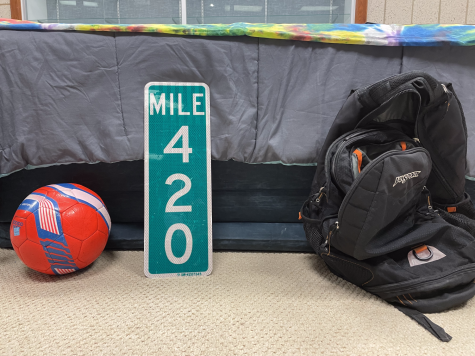

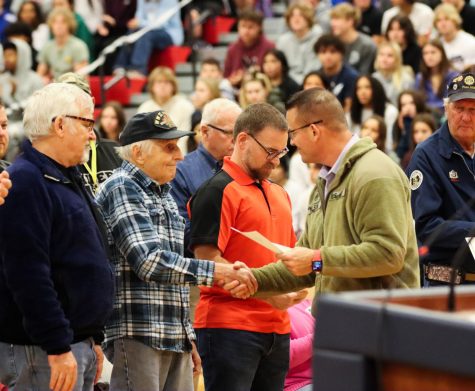

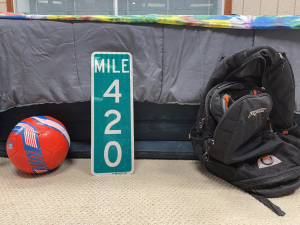

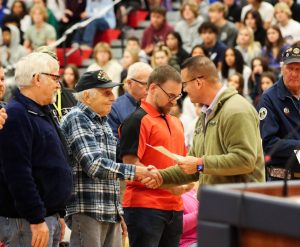
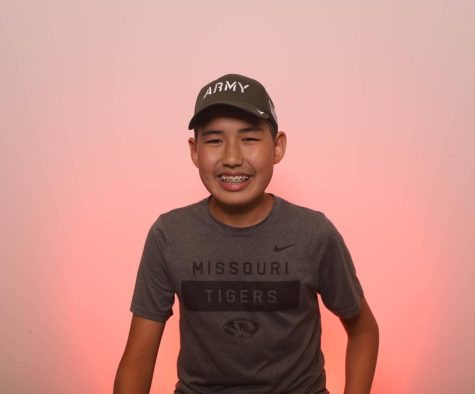






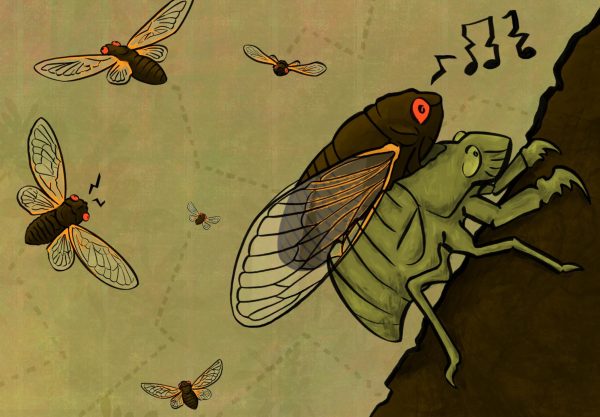

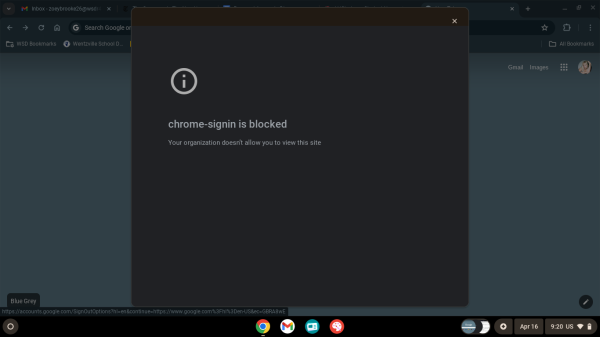


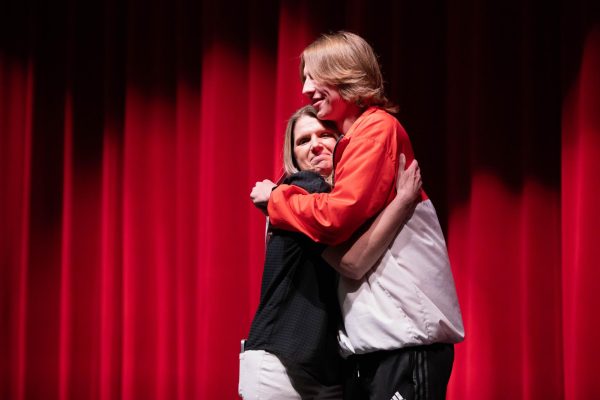
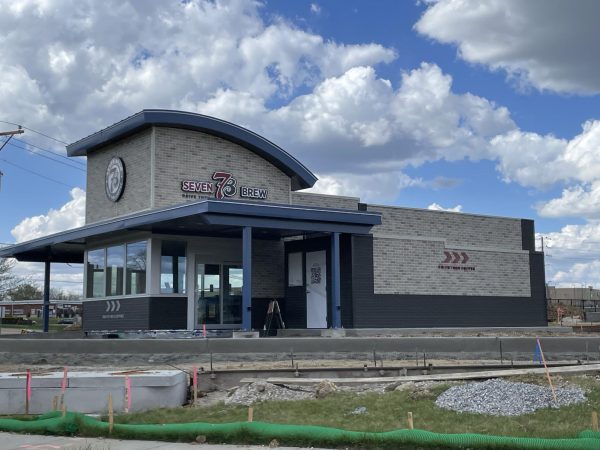
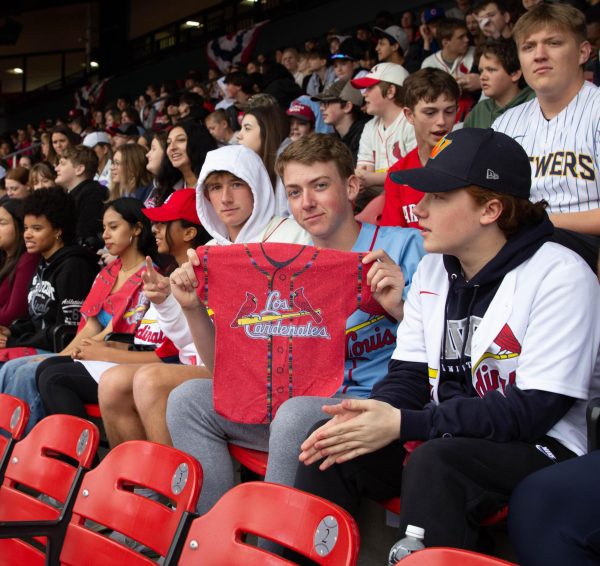
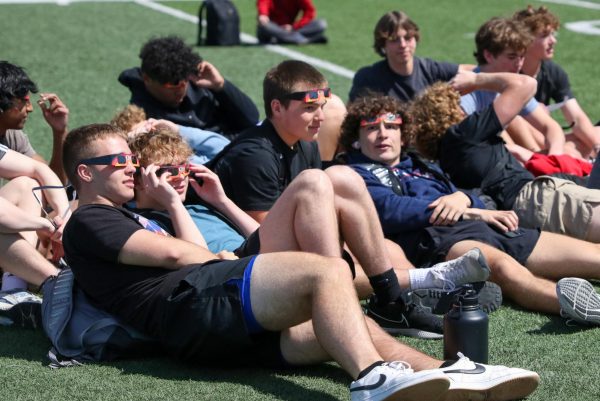

tdchinges | Dec 1, 2022 at 9:48 pm
The Japanese want to attack quickly and gain dominance, but the military strength of the United States is much higher than that of Japan
Joseph Brooks | Mar 8, 2023 at 11:57 am
I literally said that in the story.